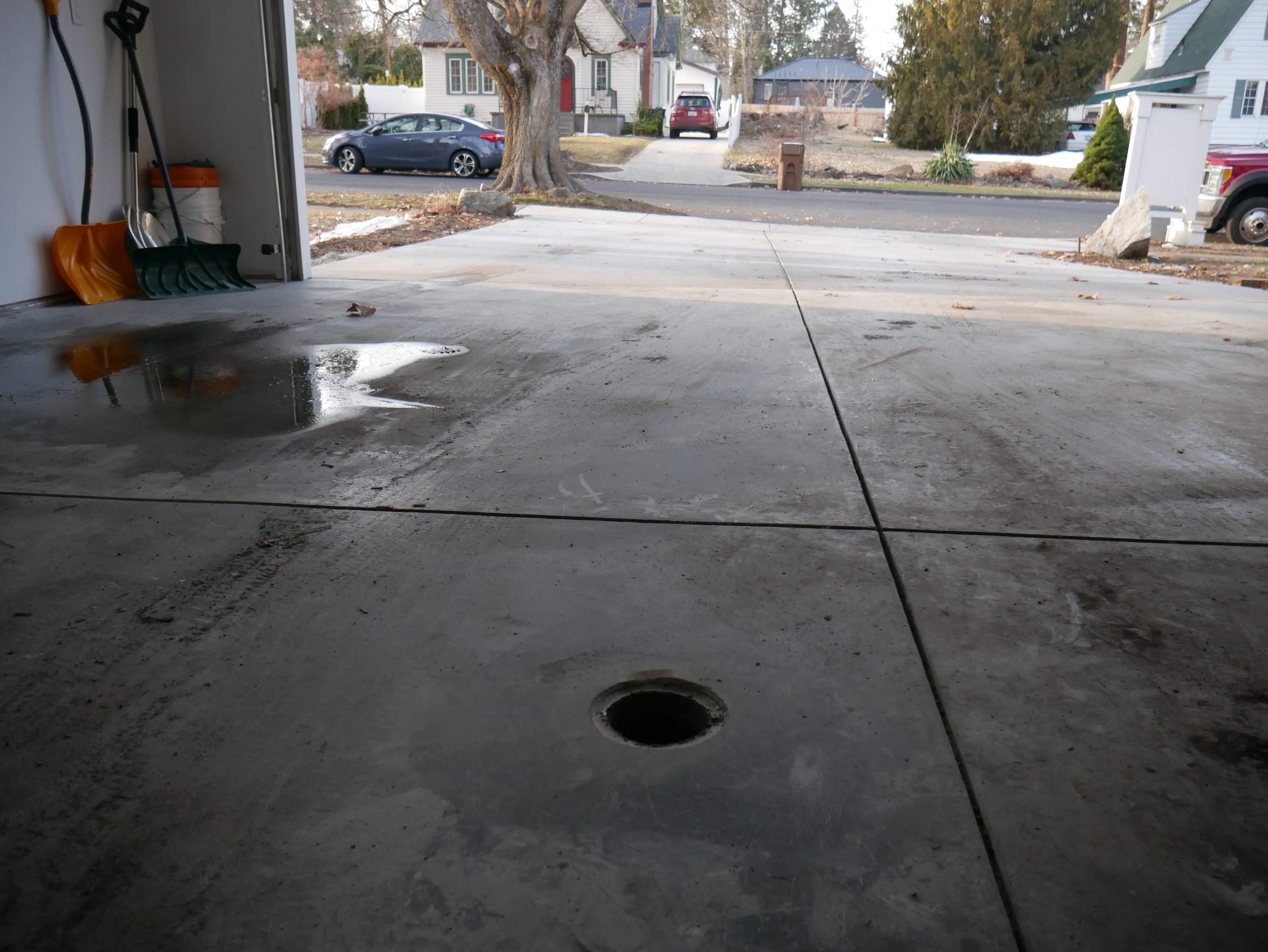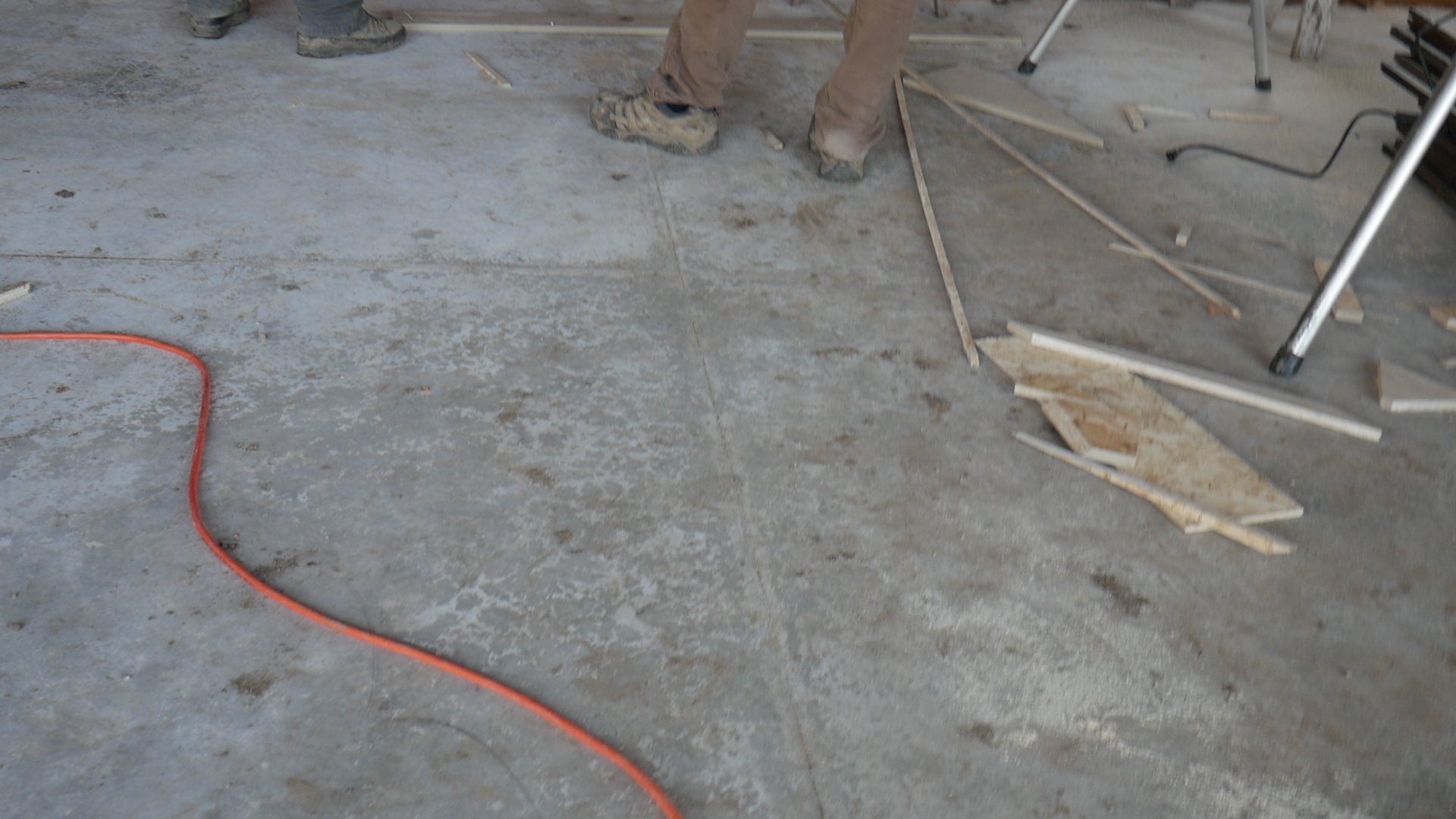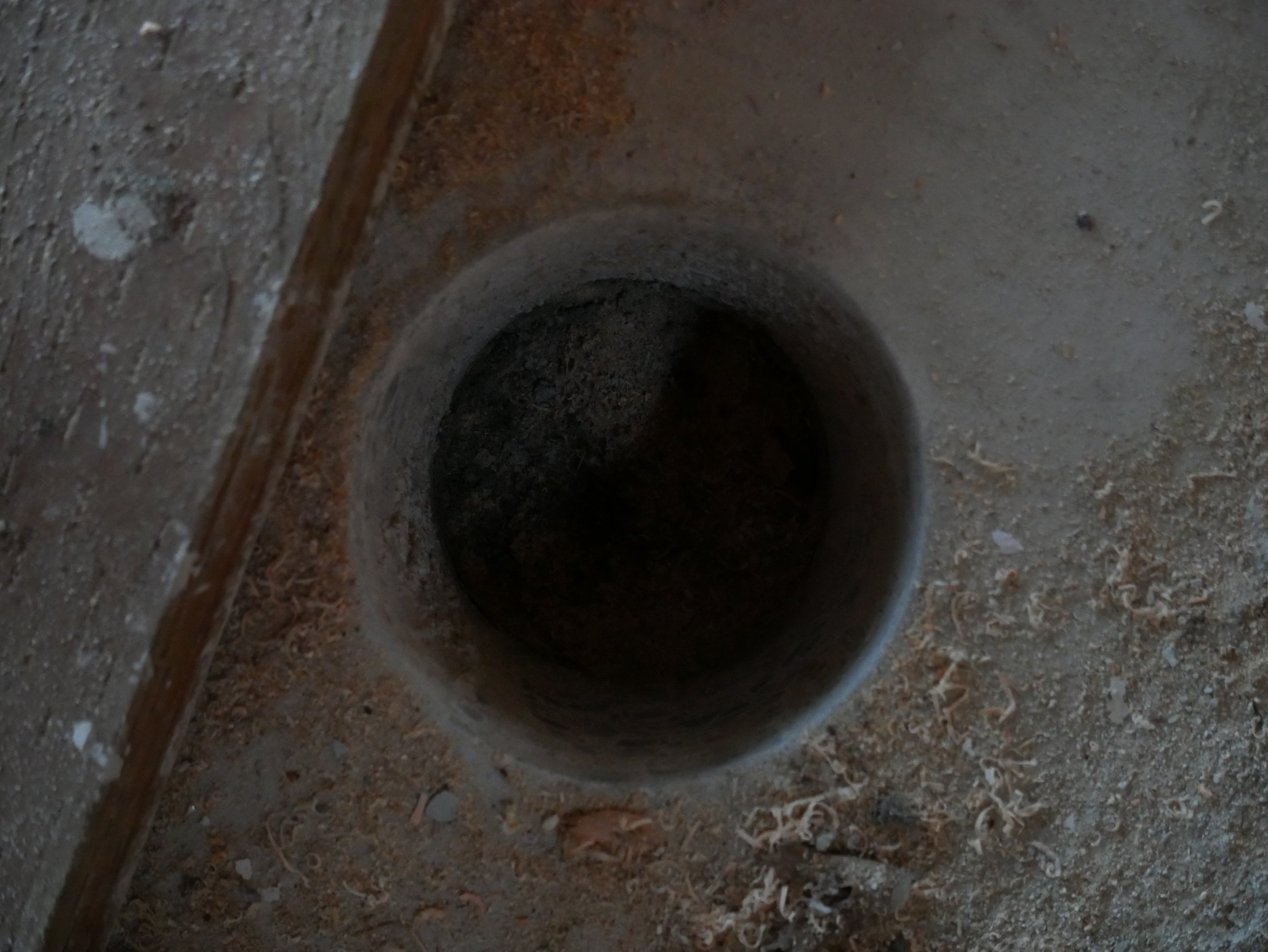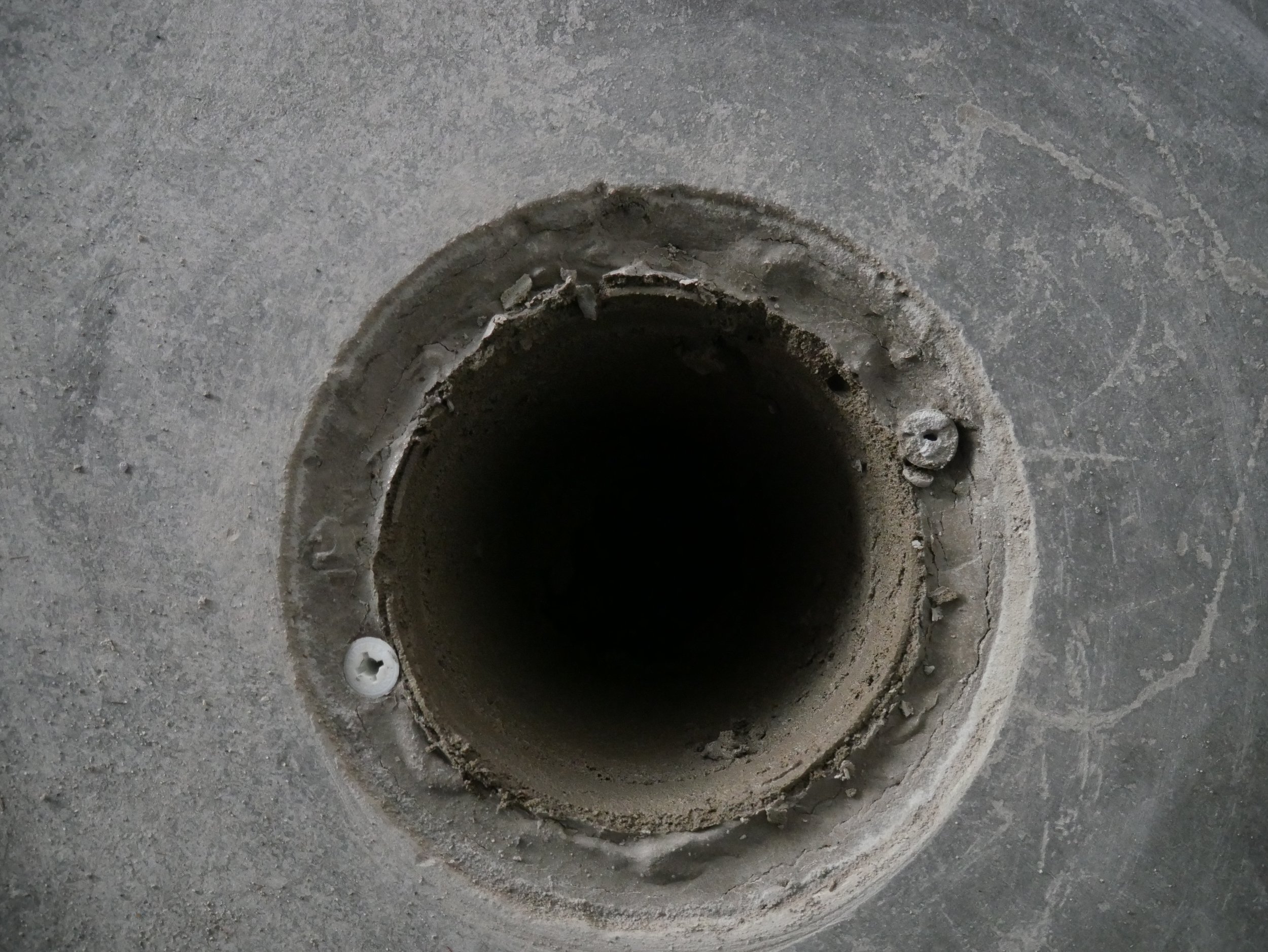Prevent Garage Flooding: Install a Drain
As winter approaches and the weather begins to change, those living in colder climates understand the struggle of dealing with snow and ice. One common problem faced by homeowners with garages is the accumulation of snow melting off cars, which then transforms into large puddles of water. These puddles can be a nuisance, requiring constant sweeping and mopping to prevent them from spreading throughout the garage and onto the driveway. However, there is a solution to this problem: installing a drain in your garage.
The Benefits of a Garage Drain
Having a drain in your garage is incredibly beneficial, especially during the winter months. It helps to manage water accumulation and prevent flooding, thereby reducing the risk of slips and falls. Moreover, a drain keeps your garage floor dry and clean, preserving its condition and preventing any potential water damage.
Types of Garage Drains
There are several types of drains that can be installed in a garage, each with its advantages. One popular option is a trench drain, which is typically installed near the garage entry. This type of drain is ideal for new homes, as it provides a convenient place to sweep the water, preventing it from reaching the driveway.
Another option is a floor drain, which can be installed in existing homes where a trench drain may not be feasible. A floor drain is placed in a central location in the garage, allowing water to flow towards it naturally.
How to Install a Garage Drain
Installing a garage drain can be a complex process, and it is recommended to consult with a professional to ensure proper installation. However, for those who are interested in tackling the project themselves, here are the basic steps involved in installing a floor drain:
Identify the area where the water pools the most, as this will be the ideal location for the drain.
Use a core drill to create a hole in the concrete floor.
Prepare the area for the drain by removing any debris and leveling the surface.
Place the drain in the hole and secure it in place.
Connect the drain to a drainage system to ensure proper water flow.
Fill in any gaps around the drain with concrete to create a seamless finish.
Having a garage in a cold climate can be a double-edged sword. While it provides shelter for your vehicle during the harsh winter months, it also brings the challenge of managing melting snow and water accumulation. By installing a drain in your garage, you can effectively prevent flooding and keep your garage floor dry and clean. Whether you opt for a trench drain or a floor drain, the investment will be well worth it in the long run, saving you time and effort in cleaning up water puddles. So, if you're tired of dealing with water in your garage, consider installing a drain today!





